Cenozoic
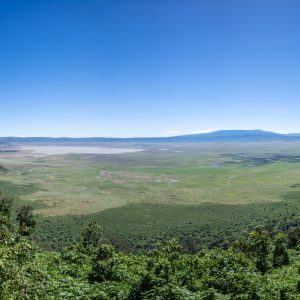
Episode 168/169: Grasslands
Published on September 1st, 2025 | by David Marshall
Grass dominated ecosystems cover 40% of the land on Earth. Prof. Caroline Strömberg explains why they are so successful... Read More →

The Paleogene period is a division of earth’s history spanning from around 66 to 23 million years ago, and during which life recovered following the end Cretaceous mass extinction. The Paleogene was a warm stable period with temperatures on average 4°C above present. However, around 55 million years ago, the planet experienced a short but severe warming phase. During the Paleogene, the continents continued to disperse. The Indian and Atlantic oceans widened while the Tethys Ocean gradually closed as Africa collided with Europe and India collided with Asia leading to Alpine and Himalayan mountain building. Drake’s passage opened between South America and Antarctica leading to cooling of the southern continent. On land and in the oceans, mammals became increasingly diverse and abundant. Most of the major mammal groups, from primates to whales, first appeared within the Paleogene. Birds also continued to diversify. One of the most successful plant groups; the grasses, also evolved during this time. By the end of the period, the Antarctic ice sheet had begun to form accompanied by global cooling and sea level fall.

Published on September 1st, 2025 | by David Marshall
Grass dominated ecosystems cover 40% of the land on Earth. Prof. Caroline Strömberg explains why they are so successful... Read More →

Published on July 1st, 2025 | by David Marshall
Dr Christine Sosiak introduces us to the stem ants... Read More →
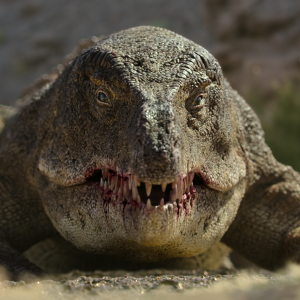
Published on October 25th, 2023 | by David Marshall
We're granted exclusive access to this new Netflix documentary... Read More →
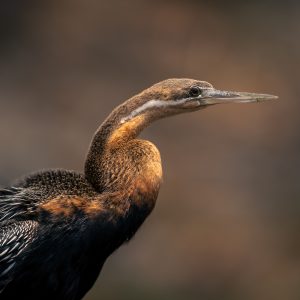
Published on October 8th, 2023 | by David Marshall
We're joined by "neckspert" Dr Ryan Marek to explore the evolutionary significance of bird necks... Read More →
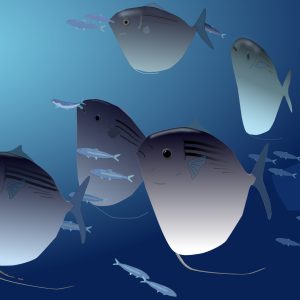
Published on July 15th, 2022 | by David Marshall
We paint a detailed picture of the palaeoecology of 50 million year old fish with Dr Valentina Rossi... Read More →
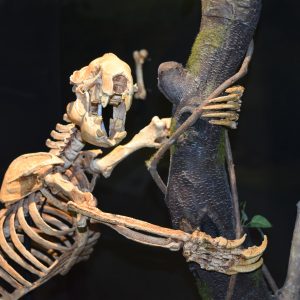
Published on April 20th, 2022 | by David Marshall
We hang out with the sloths of Hispaniola, looking for new species hiding within Dr Robert McAfee's measurements... Read More →
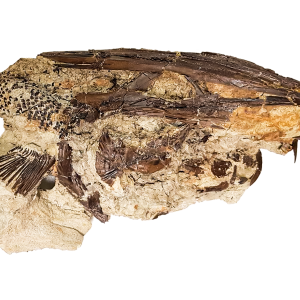
Published on February 25th, 2022 | by David Marshall
We look at the timing of the K-Pg mass extinction with Melanie During... Read More →
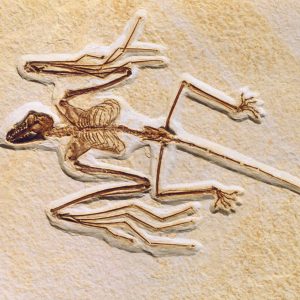
Published on October 30th, 2021 | by David Marshall
We examine the fossil record of bats in this nominally Halloween-themed episode... Read More →
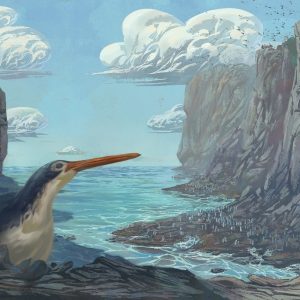
Published on October 1st, 2021 | by David Marshall
We're introduced to Kairuku waewaeroa, a new giant penguin from New Zealand... Read More →
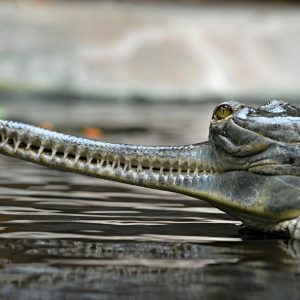
Published on April 15th, 2021 | by David Marshall
We look at rates of evolutionary innovation in crocodiles through time with Dr Tom Stubbs... Read More →